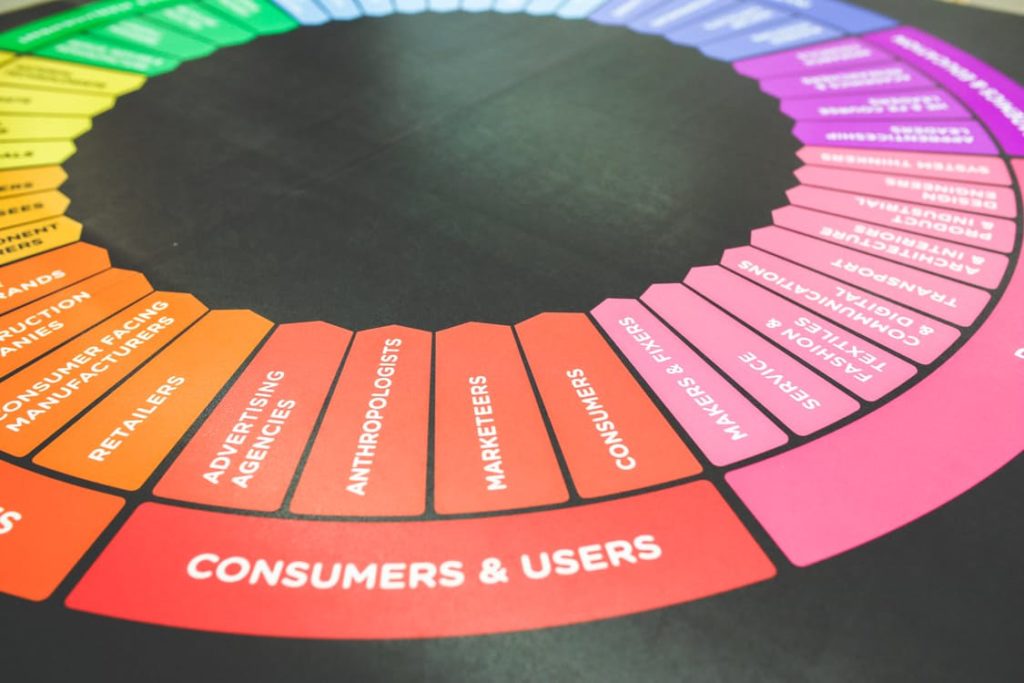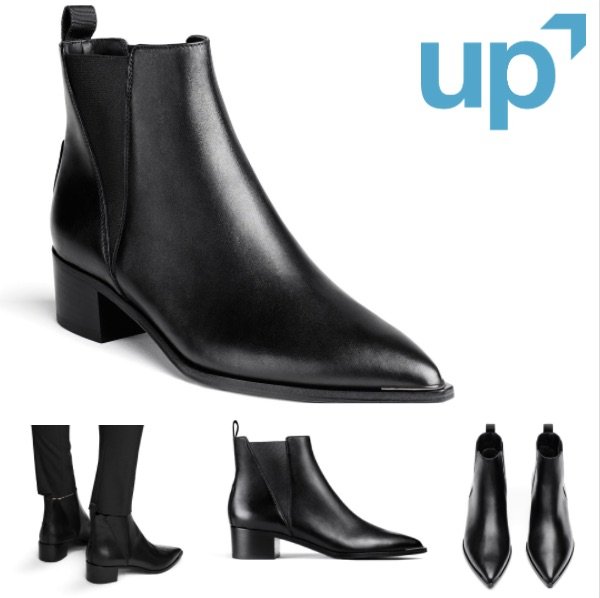Facebook dynamic ads offer a great ad format for online retailers, allowing them to show the right people the right items from their product catalog, without creating individual ads for each product.
In classic remarketing style, dynamic ads typically work by reminding customers of items they have already interacted with or shown interest in. They also target users based on their interests, behaviors on other websites, and whether or not they are similar to your existing customer group.
This personalized approach is intrinsic to the dynamic ads model and the reason they're so valued by ecommerce marketers in the know.
That said, it's not enough to simply launch a Facebook dynamic ad campaign. You'll need a highly optimized product feed too, so your Facebook product catalog is optimized for the platform and format. Ultimately, the success of your Facebook dynamic ads campaign is largely determined by the quality of your product catalog.
Ready to get the most of your campaigns and Facebook product feed?
Here are 6 top tips to improve your Facebook dynamic ads
1. Utilize tracking data to create custom groups
The tool that allows dynamic ads for Facebook to work their magic is the Facebook pixel. It’s essential that you use the pixel for any Facebook dynamic ads to function. So, add it to your website to ensure you’re getting rich customer data and that your ads are optimized to reach the right audience.
The key is to utilize this data to optimize your feed and even create custom labels. For example, by grouping products according to promotions or bestsellers and focusing on these high conversion items. Alternatively, you could also identify products that don't convert and exclude these poor performers from your product catalog.

This is different to creating custom audiences, which happens in the campaign setup process. By building custom audience groups, you can retarget those who interact with a product in different ways. For example, a mobile user who interacted but didn’t convert or someone who abandoned an item in their cart. So, you could consider adding free shipping or a promotional price to cart abandoners to sweeten the deal and earn the conversion.
2. Make sure prices and availability are accurate
If your ads are reaching the right people with intent to purchase, it would be a shame to lose them at the last hurdle. Inconsistent pricing or availability is well known as a sure-fire way to lose business.
So, make sure that the prices and stock levels displayed in your ads reflect what the customer will find once they reach your store.

The Productsup platform can automate this process for all your online stores and across all shopping and marketing channels, worldwide. So, you can be safe in the knowledge that prices and stock levels are always correct and consistent.
3. Turbocharge your images

Using quality high-resolution images should be a given. In fact, appealing images are one of the most important tools to boost conversion rates.
Check out our top tips to optimize your dynamic ads images:
- Make sure your images are visually appealing and attractive
- Show multiple angles of a product in one image (think mosaic style)
- Enrich your images with key product attributes (e.g. logo, price, product)
- Grab attention by adding promotional messages or offers (e.g. "free shipping", "limited offer", "sale", "now back in stock", etc)
- Research shows a human element to images increases conversion - try using images with models
- Client reviews or ratings also work wonders for conversion - consider adding them if possible
- Get the basics right - Facebook requires dynamic ad images to be 600 x 600 pixels
The Productsup platform contains an advanced Image Designer which is simple to use and allows you to do all this and more.
4. Run regular A/B tests and add tags in your deep links
A/B testing allows you to test the performance of different versions of your product data structure and content. By seeing which versions perform better, you can continually optimize your product feeds for maximum effect.
Along with enriching product data and images, play around with product titles or test different custom labels. This way, you can find out which approach is earning more conversions.

Take this a step further by 'tagging' the individual elements of each version in deep links. This will allow you to measure the performance of each product rather than just the version as a whole.
5. Export your product feed regularly
Facebook doesn't specify how often you should export your product catalog feed. However, regular distribution of your latest inventory will ensure that it has the best and most up-to-date data possible. We recommend daily exports to maximize your marketing potential.

6. Leverage your catalog data for deeper product sets
A great dynamic ads campaign on Facebook isn't just dependent on your product feed. Without strong campaign management on the Facebook business account side, you're only running at half of your maximum potential.
On that note, adding additional product sets is a great way to further streamline your dynamic ads. In fact, there's a strong correlation between the number of product sets and the conversion rate.

Let's say a customer viewed a pair of Nike shoes. You could take the relevant data from your product catalog (in this case category and brand) and create product sets for each. Once these are set up and linked, that customer could then be dynamically targeted with other relevant products outside of Nike shoes. In this case, shoes from similar brands or other products from Nike.
Try adding more product sets and see the effect it has on your business.
This updated post was originally published on April 5, 2017.
